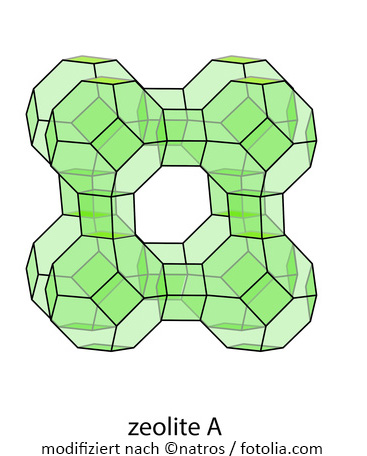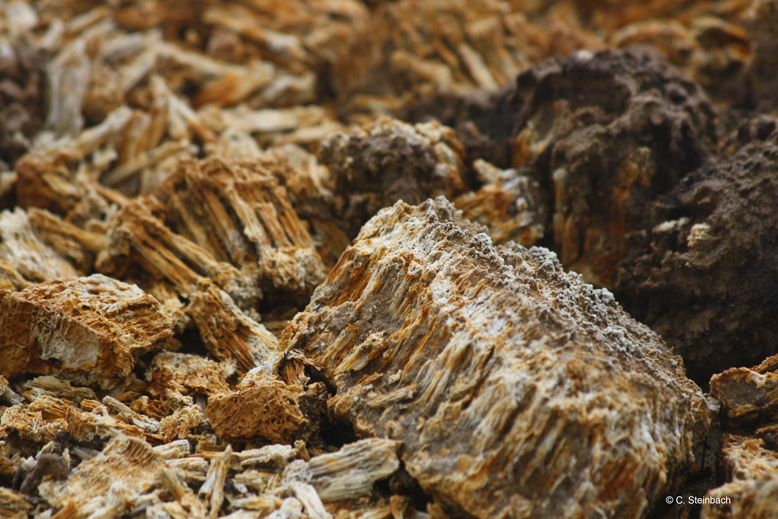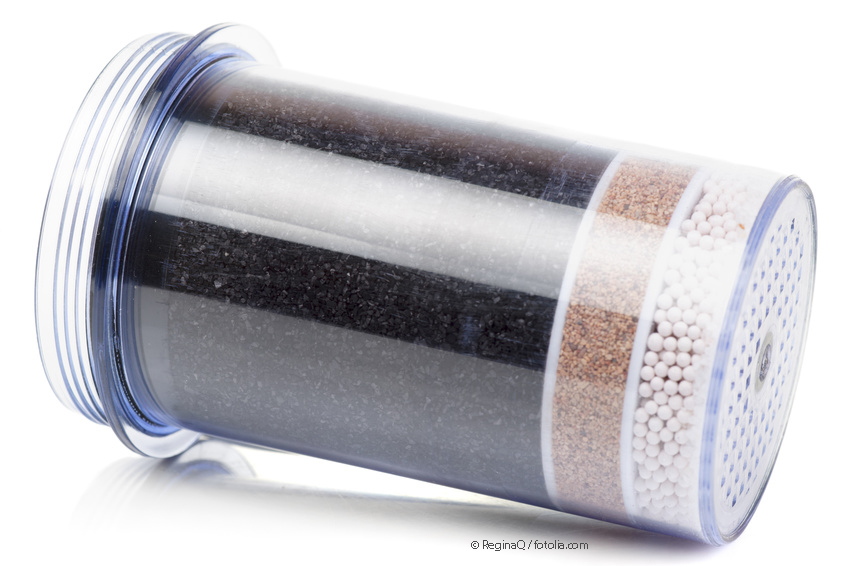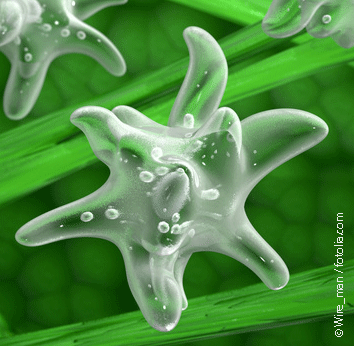Zeolites are important materials for industrial and consumer products. Due to their skeletal structure, they are interspersed with countless pores and channels. This makes them particularly interesting as catalysts in chemical processes. Liquids and gases move freely through the pores. Chemical reactions take place on their walls. They are also used as membranes for separating substances and for filtration. Because of the nanopores, even very small substances can be separated. This is known as nanofiltration.
Further areas of application are for example: ion exchange, water softener in detergents, cat litter, fertilizer additive, self-cooling beer keg.
 How could I get in touch with it?
How could I get in touch with it?
By using zeolites as fertilizer additives, they could enter the food chain. Likewise, swallowing cannot be excluded if the water in swimming ponds is cleaned with the aid of zeolite powder. In addition, zeolite-based dietary supplements are offered time and again, although scientific proof of their effectiveness is lacking. Since it is also used as cat litter, in particular these animals repeatedly come into contact with zeolites, but also the people who clean the litter box.
How dangerous is the material for people and the environment?
Zeolites are poorly soluble in water, i.e. they are excreted unchanged when digested. However, no scientific studies have been conducted to date on the safety of the dietary supplements; these preparations are not approved as drugs in Germany.
So far there is no data available on how zeolites behave in the environment. Here it is generally difficult to differentiate naturally occurring zeolites from the technically produced zeolites. It is currently assumed that around 150 types of zeolite are produced industrially. Only some of them consist of nanoparticles. Since zeolites are used as phosphate substitutes in detergents, it cannot be excluded that the zeolites are released into the environment via the wastewater. Zeolites are converted into other compounds under natural conditions; in addition, zeolites also decompose in wastewater treatment plants. This decomposition releases components that contain aluminum and silicon. These components are also non-toxic.
Conclusion
Commercially available zeolites are not dangerous; they are excreted by the body.
By the way…
Zeolites also have an antiseptic effect due to their mineral structure. This is particularly beneficial for animal health when using cat litter.



